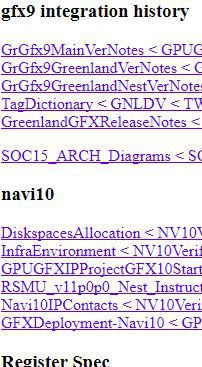Looking at this, I feel this may be an example of how patents can be an imprecise indicator of when work is being done on a technology, when it shows up in a design, or if it will.
Note in the diagram the existence of a standard API and driver that populates GPU command queues, and then a separate API for coordinating GPUs and controlling a separate mechanism for broadcasting commands and signals, copy commands, and a synchronization queue to manage the the command queues the standard API cannot see.
One specific item states:
"However, there is no conventional method for directing by an application which GPU is to render a command, for example, in virtual reality (VR) rendering. It would therefore be beneficial to provide a method and apparatus for directing application requests for rendering."
Does this sound accurate for the current state of APIs? The prior art is an API with no graphics, compute, or copy queues of any sort and no exposure of the per GPU command queues.
Is there a need for a mask device to override where commands go in APIs that are designed so that commands only go where the API is instructed to put them?
This may be a snapshot of work somewhat earlier than the filing date.
On a side note, the patent on virtual register files is interesting, given some rather old names in the assignee section. Also interesting is the somewhat old verbiage or its divergence from the modern conceptual model of GCN. Whether it's old habits of the designers in question, or a choice that reveals details other designers don't consider relevant isn't clear. AMD often doesn't use the term SIMT as heavily in many of its disclosures, and its description of VALU substructure doesn't go with a SIMD16 description as much as a pixel quad-level organization of a SIMD, and in some ways reminiscent of the original reorientation of GCN's ALUs from Cayman's VLIW-4.
Whether or not that is a meaningful difference for the claims, the age of the project they came from, or the utilization in a product, I can't say, but I find it interesting.



